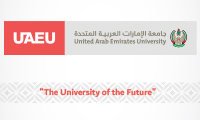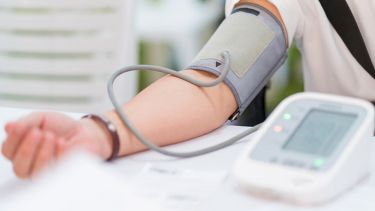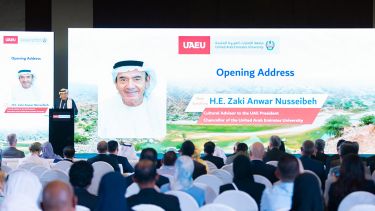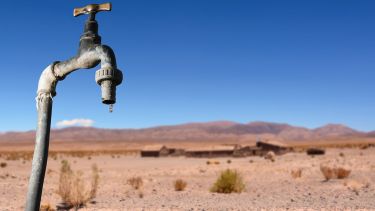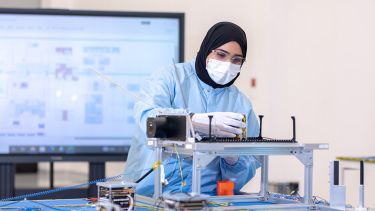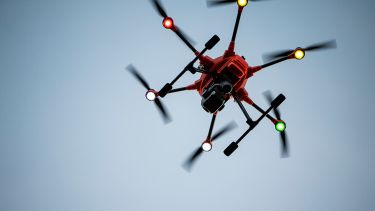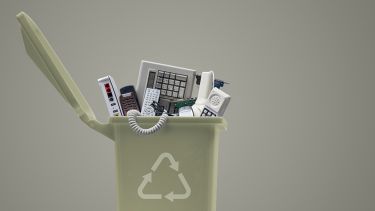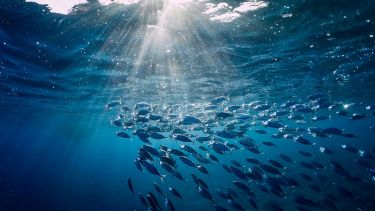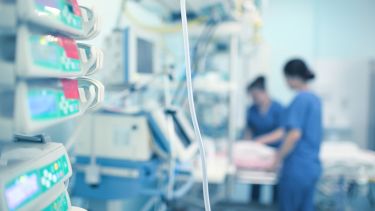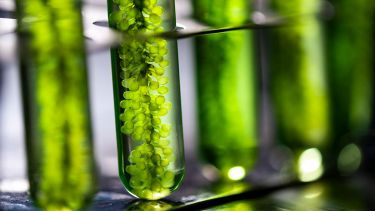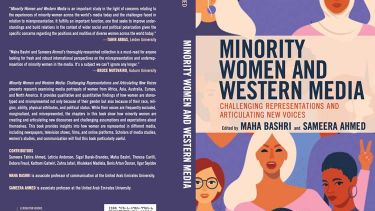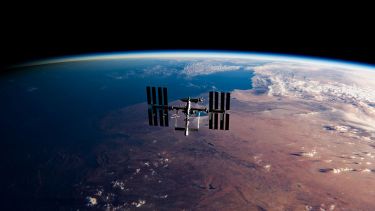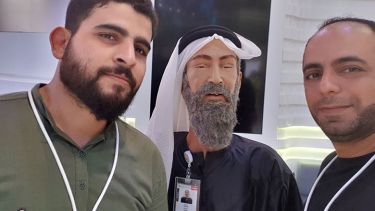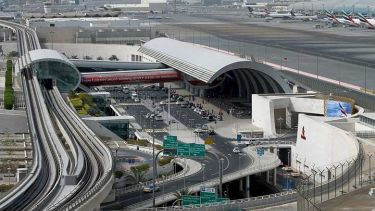
A study conducted at the United Arab Emirates University has simulated an innovative model for carbon capture that is more effective than traditional methods
Carbon dioxide emissions caused by human activity are a major driver of climate change, and removing this gas from industrial processes is a vital mechanism to reduce emissions. The United Arab Emirates (UAE) has committed to reducing its carbon emissions in line with the Paris Agreement, which calls on countries to curb their greenhouse gas emissions to reduce rising global temperatures.
Through its UAE Net Zero initiative, the UAE is pushing to achieve net-zero emissions by 2050, making it the first country in the Middle East and North Africa region to do so.
Universities worldwide are embracing sustainable measures as part of their daily operational procedures. Some institutions are at the forefront of uncovering innovative approaches that can address the global challenges related to sustainability and climate change. Nayef Ghasem, professor of chemical engineering at the United Arab Emirates University (UAEU) is conducting pioneering research into falling film membrane contractors (FFMC), which present an efficient choice for CO2 removal.
“I study ways to improve how we capture carbon dioxide emissions,” explains Ghasem. “I use computer models and simulation to understand how CO2 is absorbed by different methods. My goal is to make this process more efficient and eco-friendly.” Ghasem’s research, published in the journal Scientific Reports, models the two types of film membranes and simulates their efficiency. Membrane technology uses thin, porous barriers to offer a low-cost, compact solution for capturing CO2 content from gas mixtures such as industrial waste.
Ghasem’s study compared liquid-repelling wet membranes with the liquid-attracting FFMC. The innovative falling film membrane, made of ceramic foam, is designed to collect liquid when wet, with droplets forming at the bottom of the container.
Using models and simulations, Ghasem found that the FFMC was significantly more efficient than the wet membrane at absorbing CO2. The falling film contractors had a removal efficiency of 85 per cent compared with the wet membrane system, which had an efficiency of 60 per cent, according to Ghasem’s study.
However, this technology also has its issues, says Ghasem. The pores in the membrane can get clogged, reducing its efficiency. This is particularly true for membranes that separate a gas mixture from a liquid, which is a common way of absorbing a specific gas from the mixture.
The next step in Ghasem’s research will involve testing the two systems in the laboratory and then enlarging the falling film system to see if it can be implemented on an industrial scale, both in terms of efficacy and cost.
“We can fabricate the membrane and perform the experiment in our lab here at UAEU,” says Ghasem. The university has earmarked funding for research aimed at mitigating climate change and furthering the country’s net-zero ambitions.
Ghasem’s simulation methods could be used to model the absorption of other gases that cause atmospheric pollution. Simulation is not easy, but once we have validated our results with some experimental data, the model can be used for other gases,” concludes Ghasem.
Find out more about the United Arab Emirates University.
